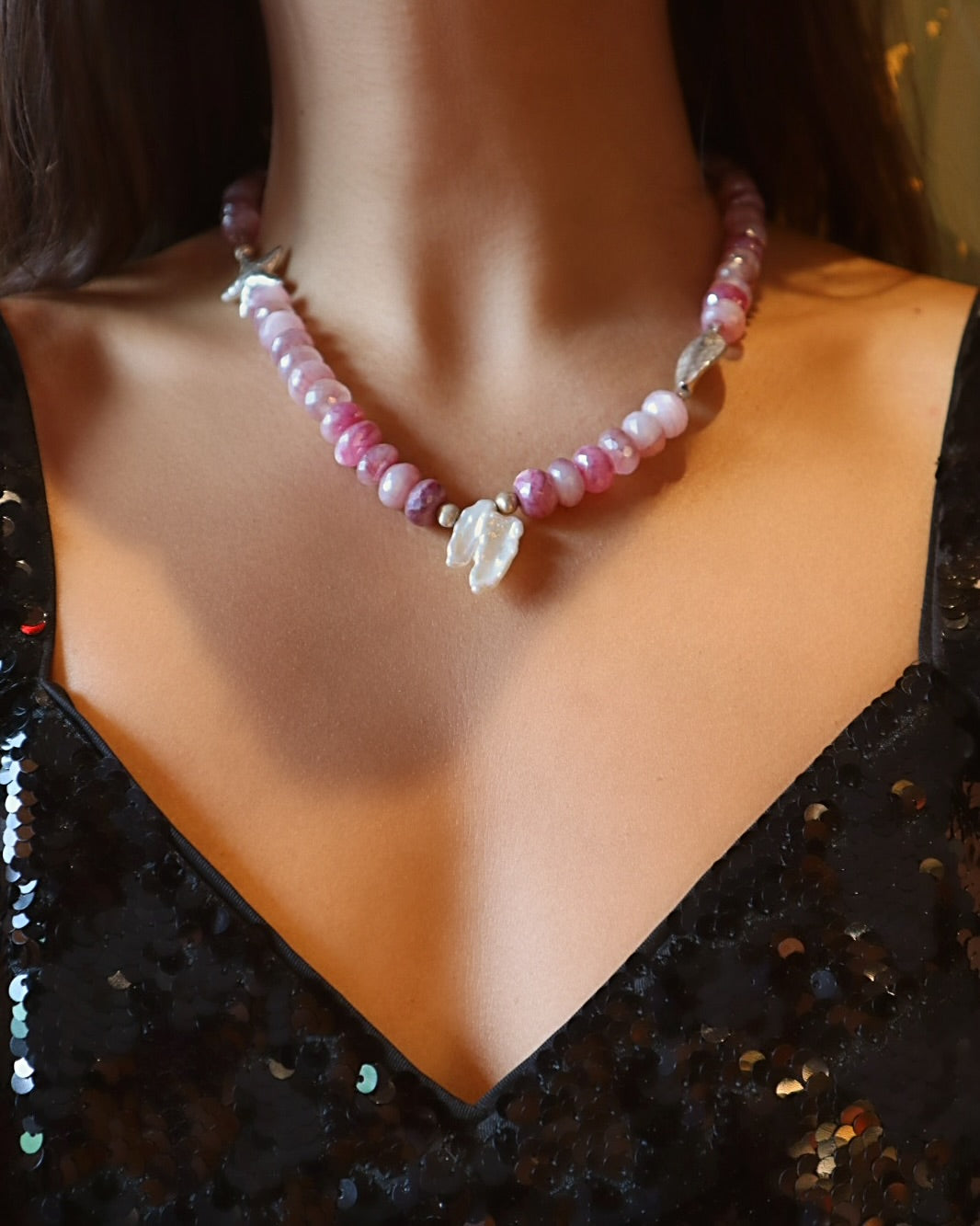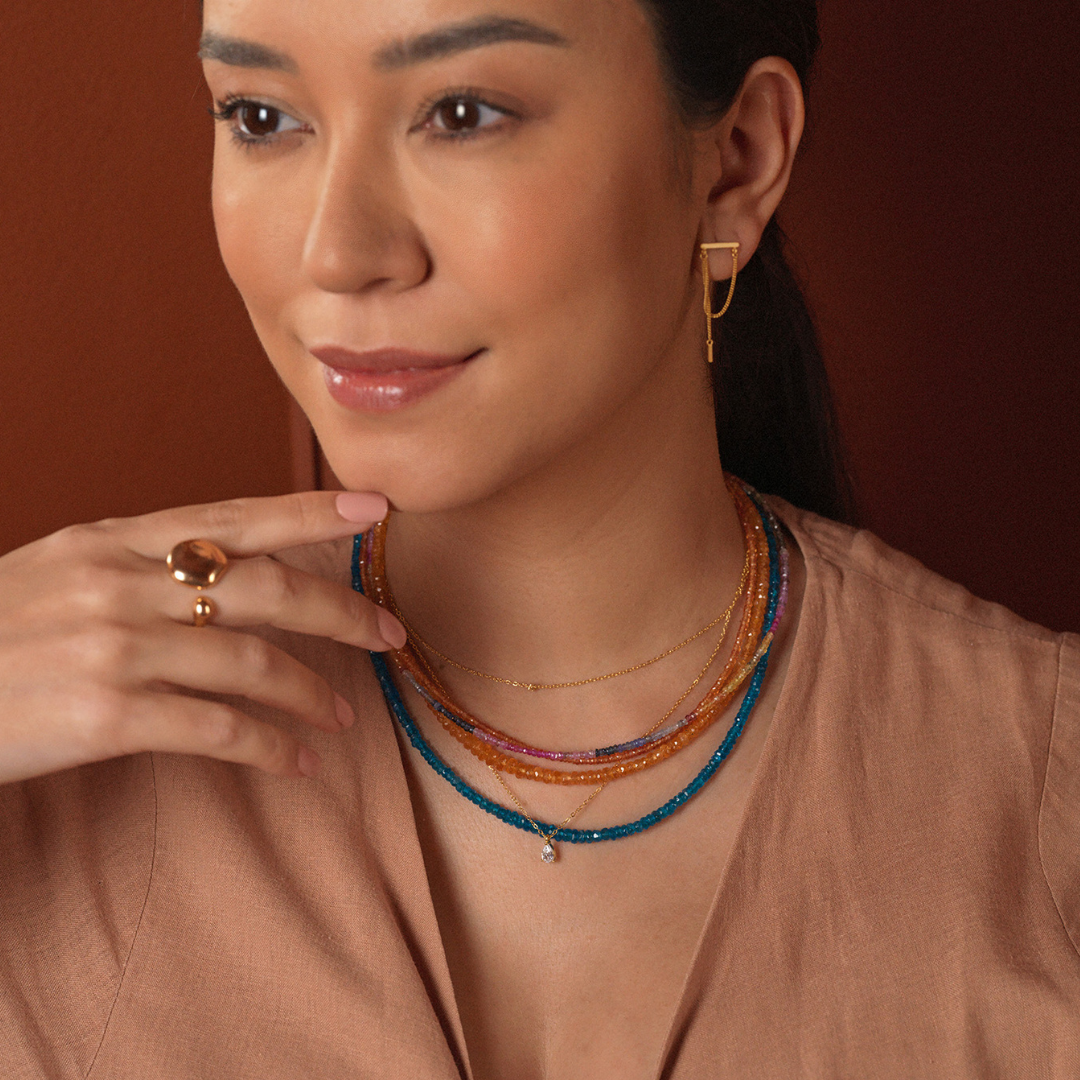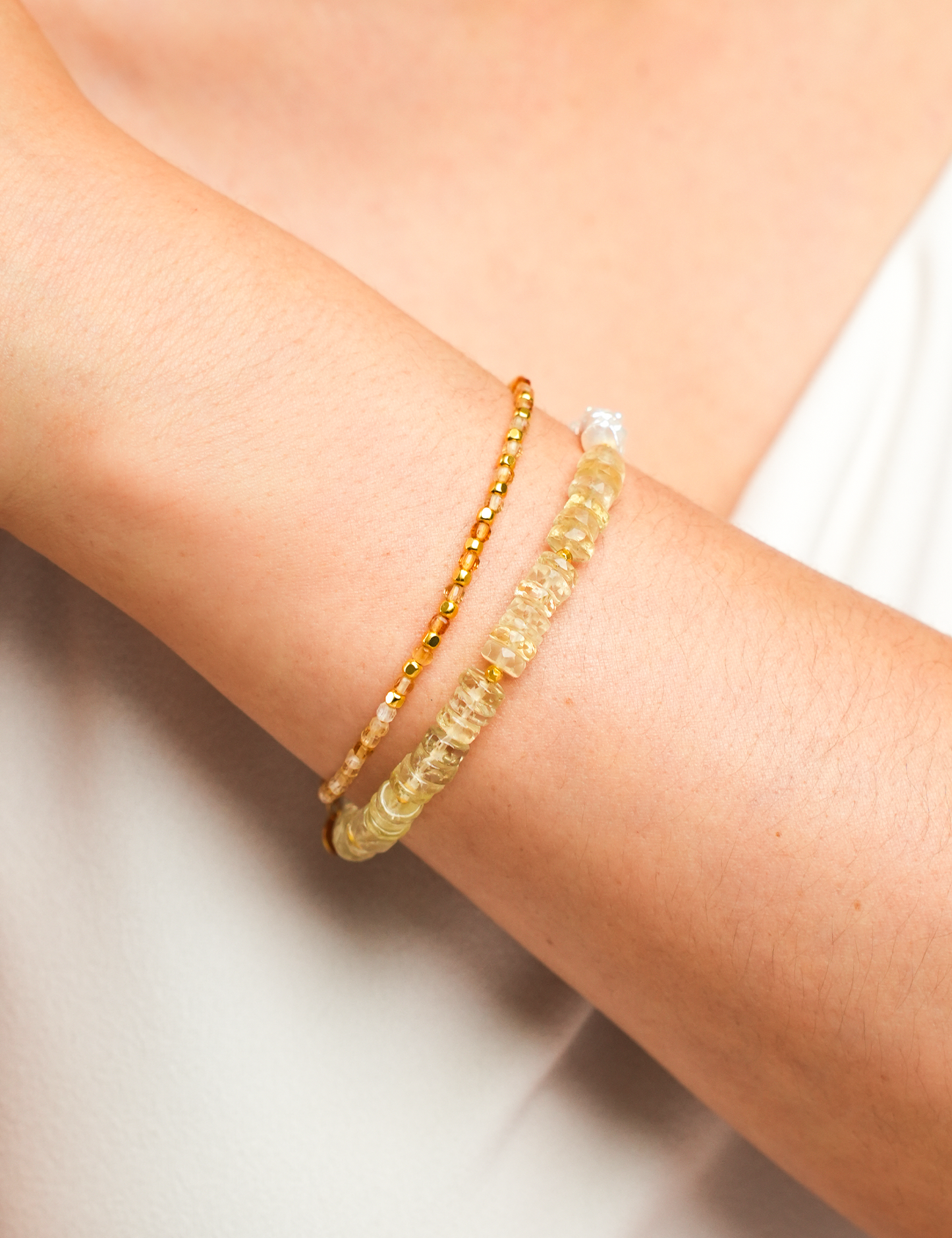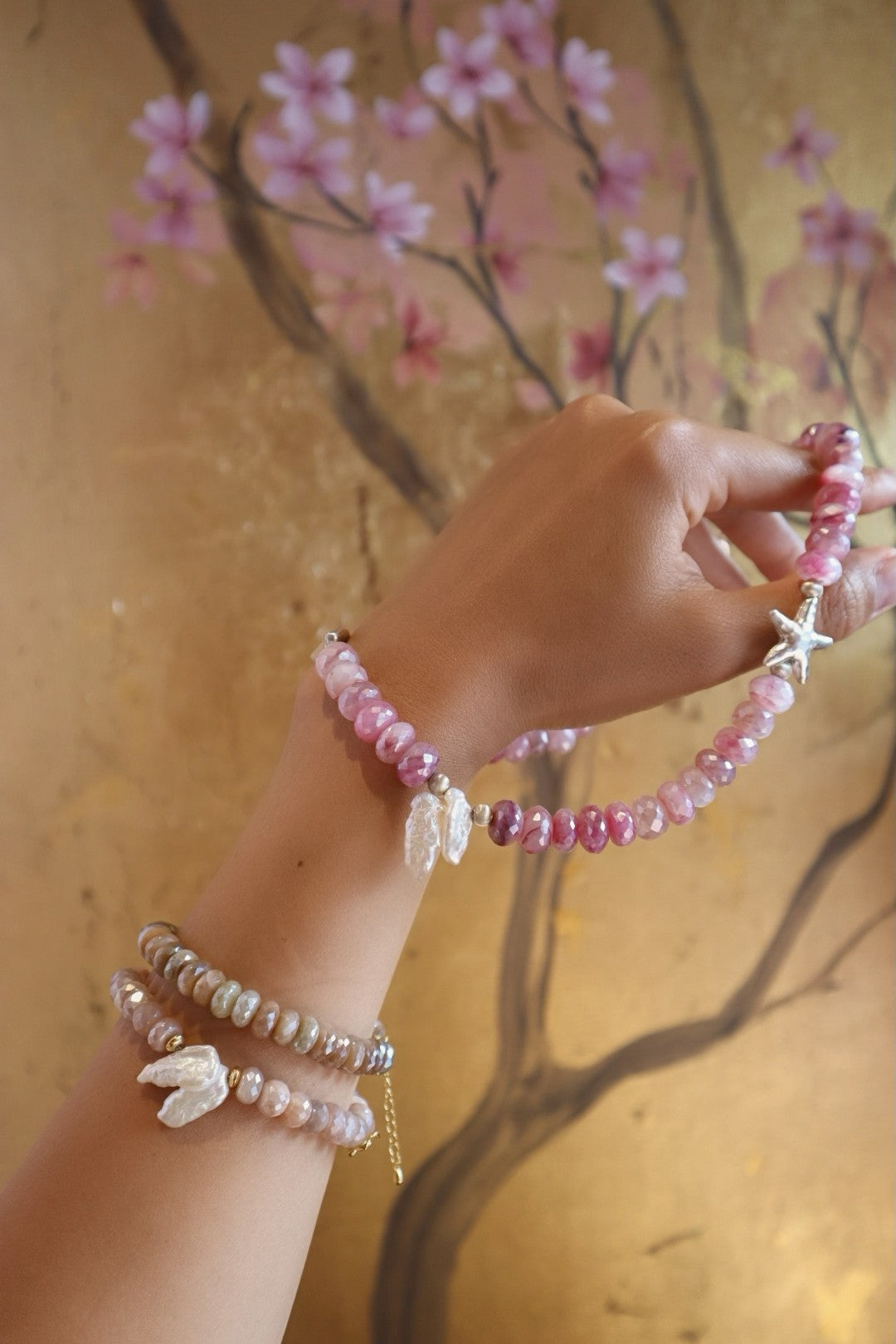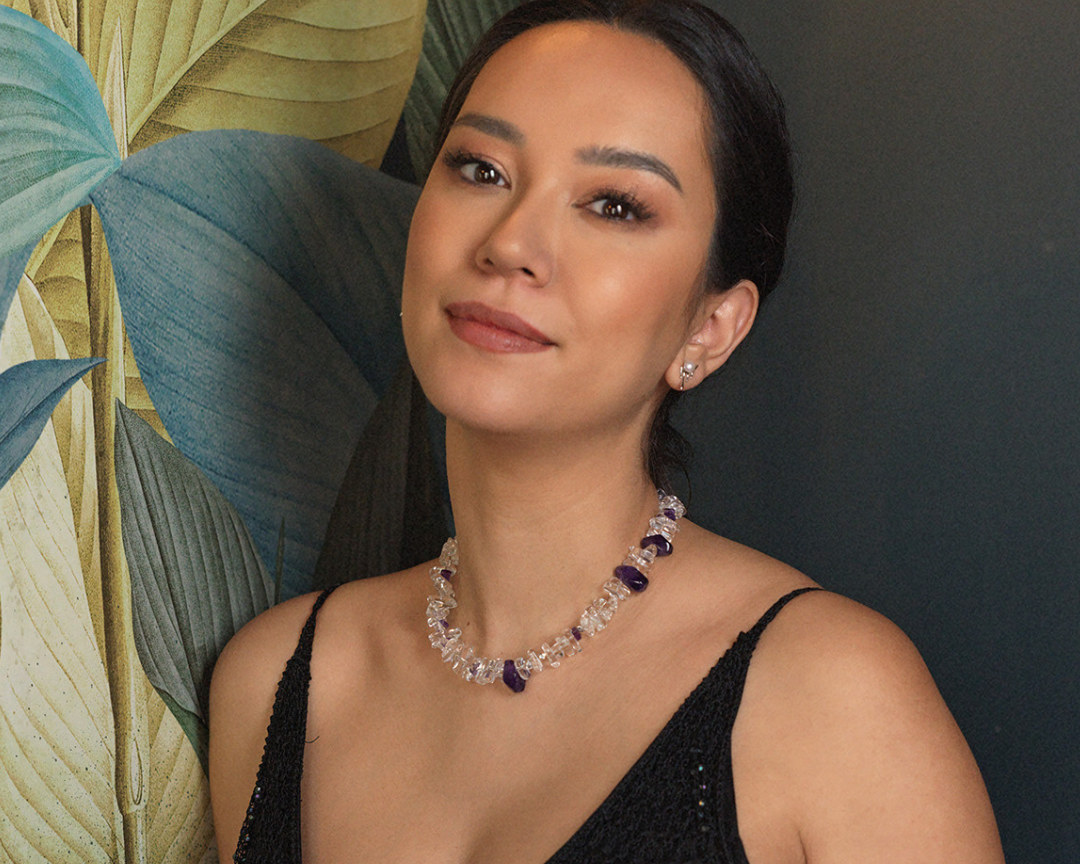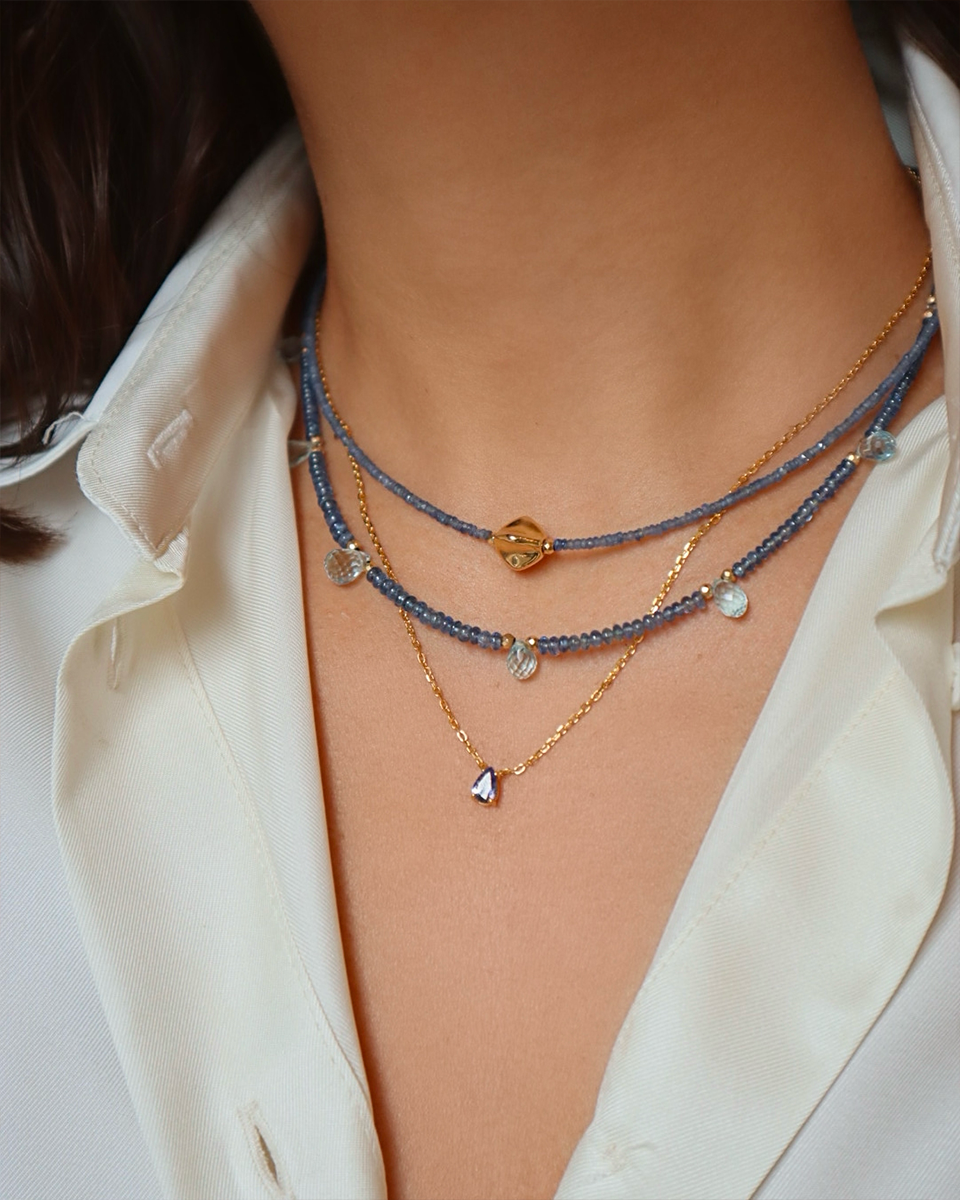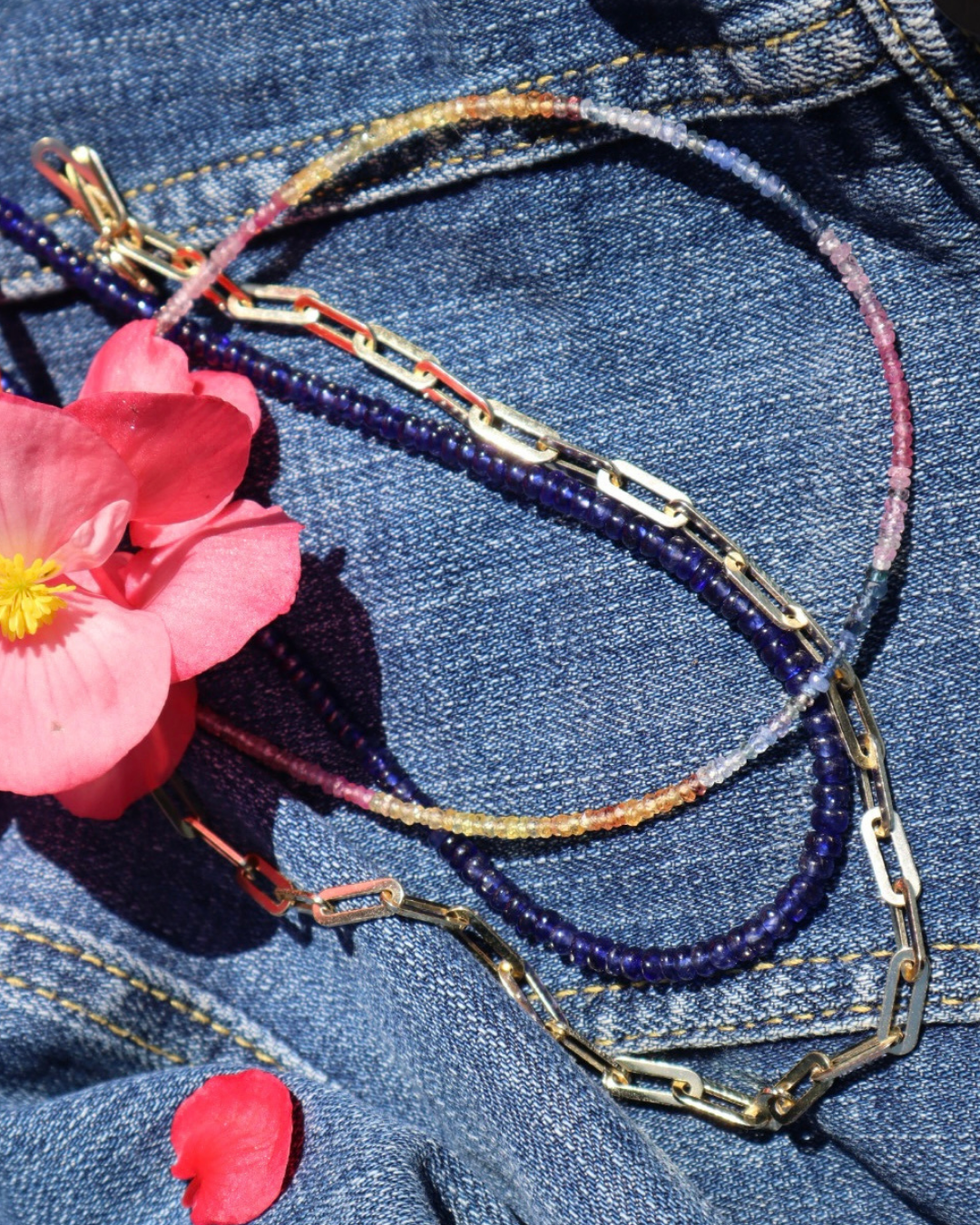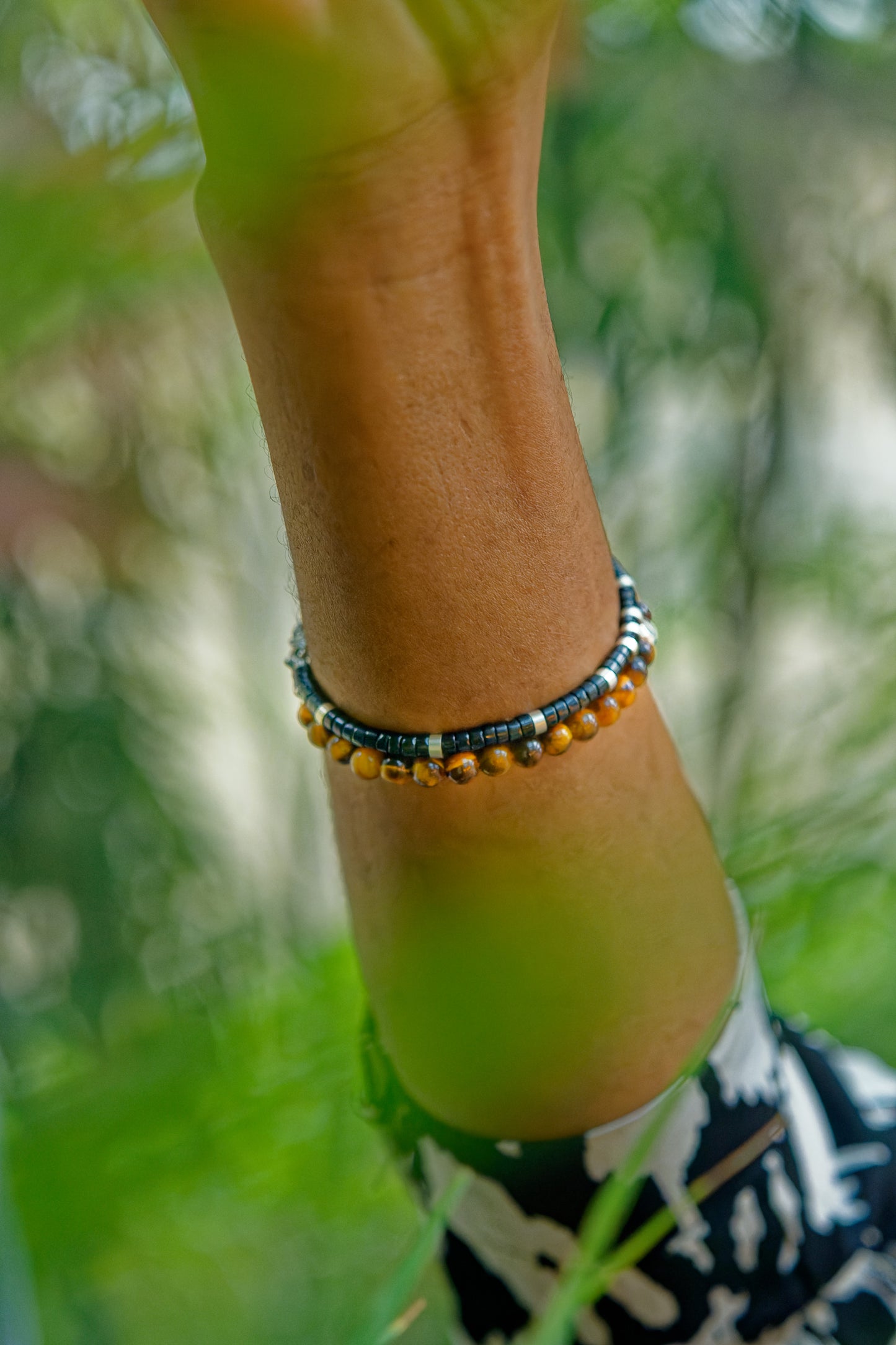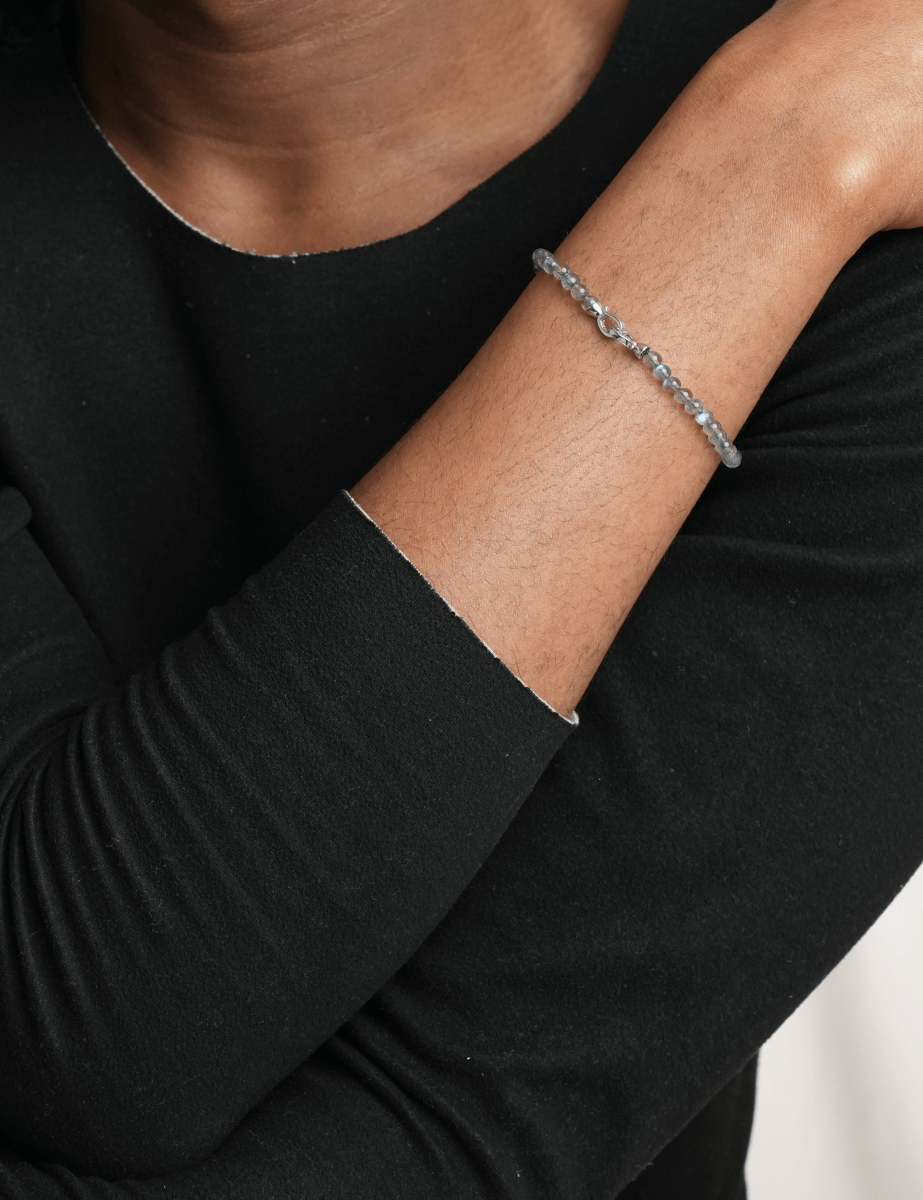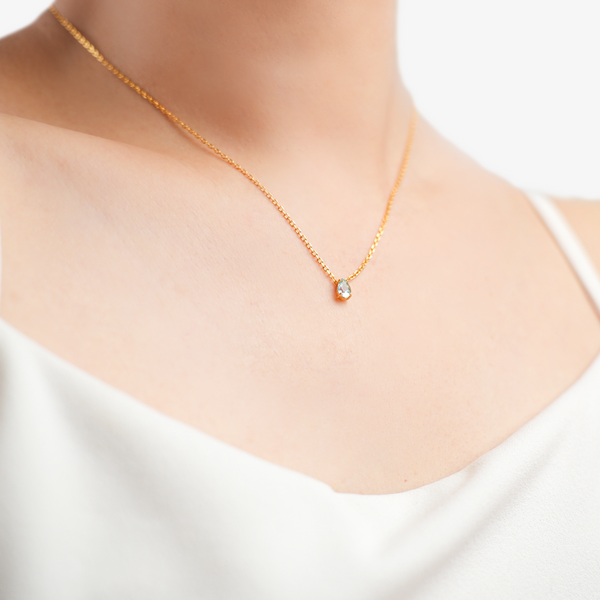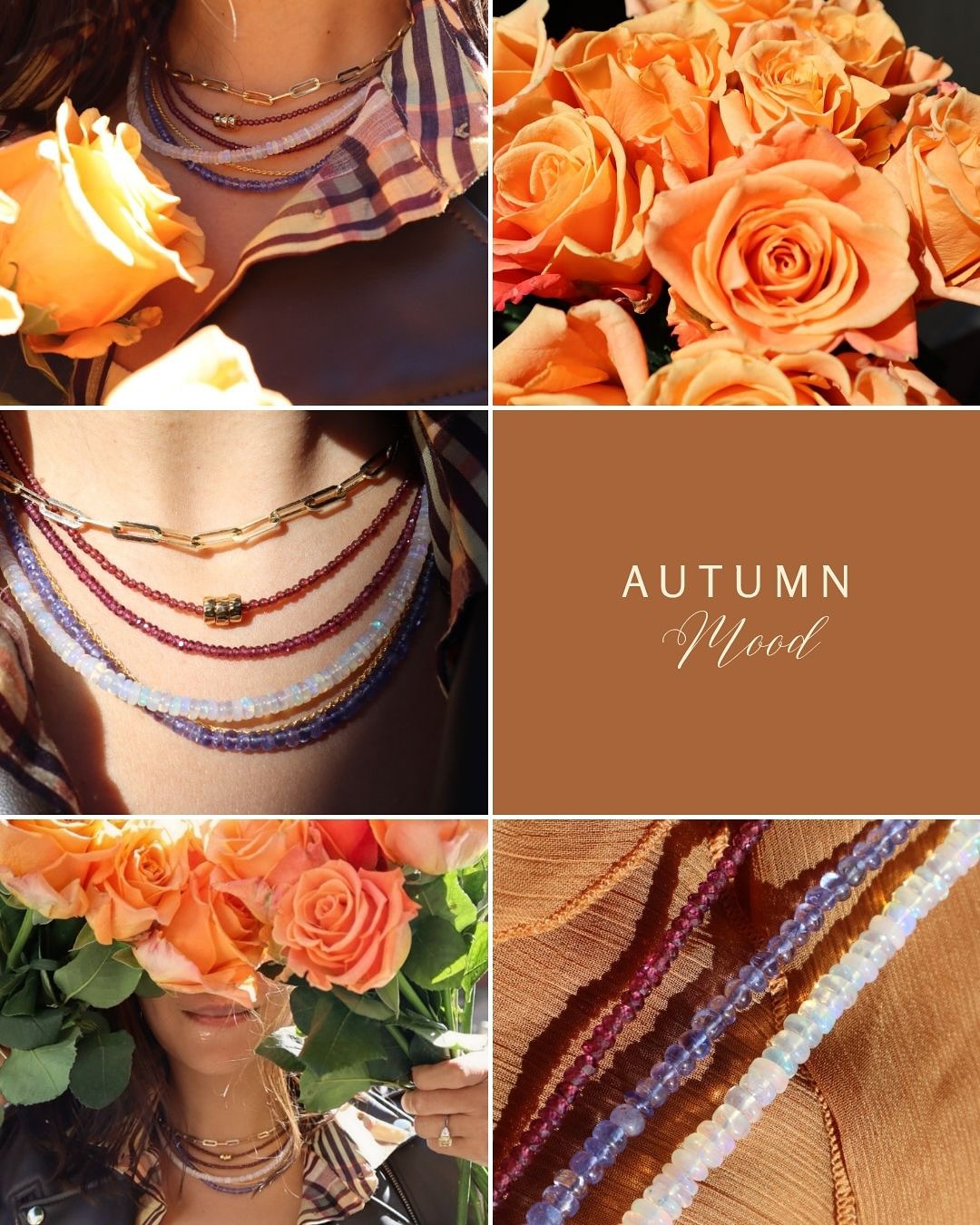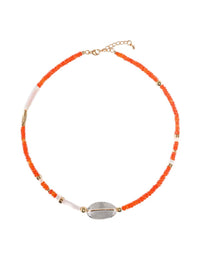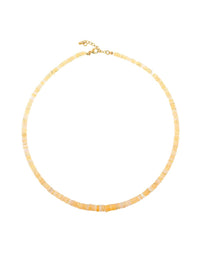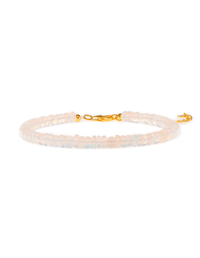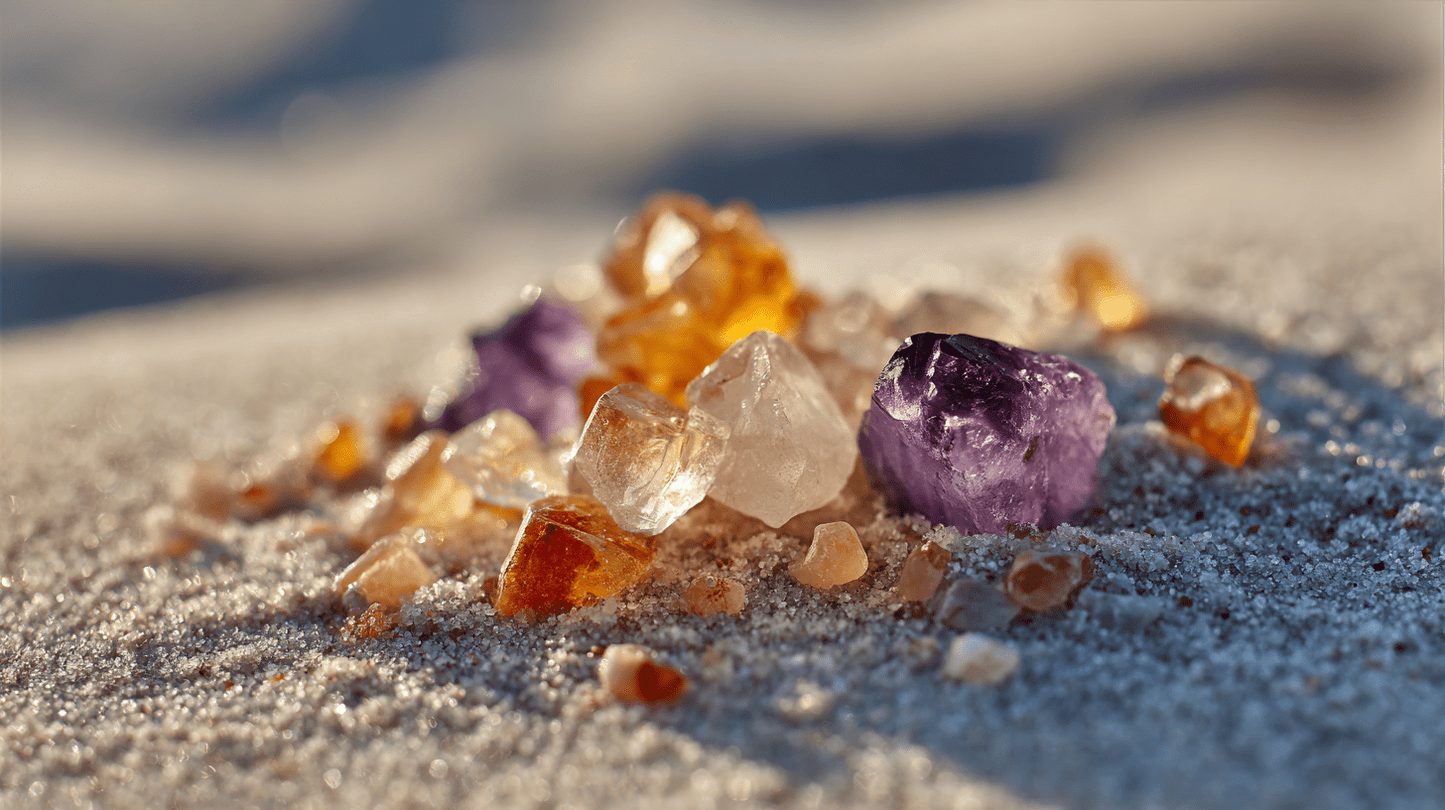Just apply the code below at checkout to get your discount.

Understanding the Unique Beauty and Spiritual Power of Purple Gemstones

Deep, rich purple hues in gemstones often capture the eye and spark curiosity. These stones stand out for their beauty and rarity. Across history, purple gemstones such as amethyst have held special meaning. Ancient Egyptians and Greeks valued amethyst for its protective powers. In the Middle Ages, royalty and clergy used these gemstones as symbols of healing and spiritual clarity. Tibetan monks included amethyst in prayer beads, linking purple to calmness and focus. Many see purple as a sign of wisdom, luxury, and spiritual awareness. Each person may feel drawn to purple gemstones for unique reasons, reflecting personal connections to beauty or spiritual growth.
Key Takeaways
Purple gemstones are rare and beautiful, showing unique colors and patterns that make each stone special.
These stones have deep historical and spiritual meanings, symbolizing wisdom, healing, and spiritual growth.
Many people use purple gemstones like amethyst and charoite for emotional balance, stress relief, and spiritual healing.
Choosing high-quality purple stones means looking for rich color, good cut, clarity, and size that fits your needs.
Proper care, like gentle cleaning and storing away from sunlight, helps keep purple gemstones bright and lasting.
Unique Beauty of Purple Gemstones
Color and Rarity
Purple gemstones display a dazzling range of shades, from soft lavender to deep violet. Their beauty often comes from the way light interacts with their mineral structure. Many purple gems, such as tanzanite and charoite, show unique optical effects like pleochroism or swirling patterns. These effects make each stone one of a kind.
The rarity of purple gems adds to their allure. Some of the rarest purple gemstones, like tanzanite and charoite, come from only one location in the world. For example, tanzanite appears only near the Merelani Hills in Tanzania. Charoite is found exclusively in Russia’s Sakha Republic. Purple diamonds form deep within the Earth and require special conditions, making them some of the most precious purple gemstones. The closure of the Argyle mine in Australia has made natural purple gemstones even harder to find.
The beauty and rarity of these stones often increase their value and desirability among collectors and jewelry lovers.
Below is a table showing the unique features and rarity of several purple gemstones:
Gemstone |
Unique Beauty Features |
Natural Rarity Evidence |
Geological/Optical Details |
|---|---|---|---|
Lavender Jade |
Vivid purple hue, high translucency, fine texture |
Rare, found mainly in Myanmar, Russia, Japan, Turkey |
Color from manganese trace elements |
Turkish Purple Jade |
Color ranges from lavender to deep purple |
Very scarce, only found in Bursa Province, Turkey |
Unique coloration due to local geology |
Tanzanite |
Blue-violet color, strong pleochroism |
Found only near Merelani Hills, Tanzania; limited supply |
Color from vanadium and chromium; pleochroism optical effect |
Charoite |
Swirling fibrous pattern, attractive purple |
Found only in Sakha Republic, Russia |
Rare mineral discovered in 1940s, known since 1978 |
Quahog Pearl |
Shimmering flame structure, purple color |
Extremely rare; 1 in 5,000 clams contain pearls |
Non-nacreous pearl from Atlantic coast clams |
Edison Pearl |
Large size, metallic luster, natural purple hues |
Rarer than typical freshwater pearls |
Formed via bead-nucleation in freshwater mussels |
Scapolite |
Fluorescence, cat’s eye effect |
Rare, mainly from Afghanistan |
Optical phenomena include chatoyancy |
Alexandrite |
Color change (green to red), rare purple variety |
Very rare, original Russian deposits depleted |
Chromium causes color change; some show chatoyancy |
Purple gems owe their color to unique mineral compositions. For example, lavender jade gets its color from manganese, while charoite’s complex chemical structure creates its swirling purple patterns. Tanzanite’s blue-violet color comes from vanadium and chromium. These mineral differences give each gemstone its own shade and style.
Symbolism and History
Purple gemstones have carried rich meanings and associations for thousands of years. The blend of blue and red in purple symbolizes calmness, passion, and power. Many cultures have treasured purple gems for their beauty and spiritual value.
Greeks and Romans believed amethyst could prevent intoxication. The name comes from the Greek word meaning "not drunk."
In medieval Europe, amethyst stood for wisdom, humility, and spiritual strength.
Clergy and royalty, including the British royal family, wore purple gemstones in crowns and rings.
Popes often wore amethyst rings to show spiritual purity and a connection to the divine.
Before large deposits were found in South America, amethyst ranked as highly as diamonds, rubies, and sapphires.
Purple stone meanings often connect to royalty and nobility. The color purple has long stood for luxury and exclusivity. Purple diamonds, for example, are among the rarest purple gemstones and have become symbols of status and wealth. Their beauty and rarity make them highly prized.
Throughout history, people have admired purple gemstones for their unique charm and deep symbolism. These stones continue to inspire awe and wonder today.
Power of Purple Gemstones
Spiritual Significance
Purple gemstones have fascinated people for centuries. Many believe these stones hold a deep connection to the spiritual world. The power of purple gemstones often links to the crown chakra, which sits at the top of the head. This chakra represents wisdom, enlightenment, and a higher state of consciousness. When people meditate with purple crystals, they often feel a sense of inner peace and spiritual awakening.
The color purple stands for mystery and transformation. Many cultures see purple and the chakras as closely related. The crown chakra, which glows with violet or purple light, helps people connect to their higher self. This connection can lead to spiritual healing and a greater sense of purpose.
Many spiritual teachers use purple crystals in their practices. They believe these stones help open the mind and heart to new ideas. Some people place amethyst or other purple stones on their forehead during meditation. This practice aims to clear negative thoughts and bring clarity.
Purple gemstones also play a role in rituals and ceremonies. Monks, priests, and healers have used these stones to seek guidance and protection. The spiritual power of purple gemstones continues to inspire people today.
Healing and Emotional Balance
The healing properties of purple crystals make them popular in many cultures. People use these stones to support emotional balance and well-being. Purple gemstones, such as amethyst and lepidolite, often serve as a healing stone during times of stress or sadness.
Many believe that purple crystals help calm the mind and soothe strong emotions. These stones can bring comfort during grief or loss. Healers often use purple gemstones in ceremonies to help people process trauma and find peace.
Here is a table showing some common uses of purple crystals for healing:
Purpose |
Purple Gemstone Example |
How It Helps |
|---|---|---|
Stress Relief |
Amethyst |
Calms nerves, eases anxiety |
Emotional Healing |
Lepidolite |
Balances mood, lifts depression |
Comfort During Grief |
Sugilite |
Offers support, brings hope |
Trauma Processing |
Charoite |
Encourages transformation, courage |
The power of purple gemstones goes beyond physical beauty. These stones can help balance the chakras and restore harmony in the body and mind. Many people carry a healing stone in their pocket or wear it as jewelry. This daily contact can remind them to stay calm and centered.
Tip: Place a purple crystal under your pillow to promote restful sleep and peaceful dreams.
Purple gemstones also support spiritual healing. They help people let go of negative energy and invite positive change. The healing energy of these stones can make a difference in daily life. People who use purple crystals often report feeling more balanced and hopeful.
The power of purple gemstones lies in their ability to bring healing, comfort, and spiritual growth. These stones have helped many people find peace and strength during difficult times.
Notable Purple Gemstones
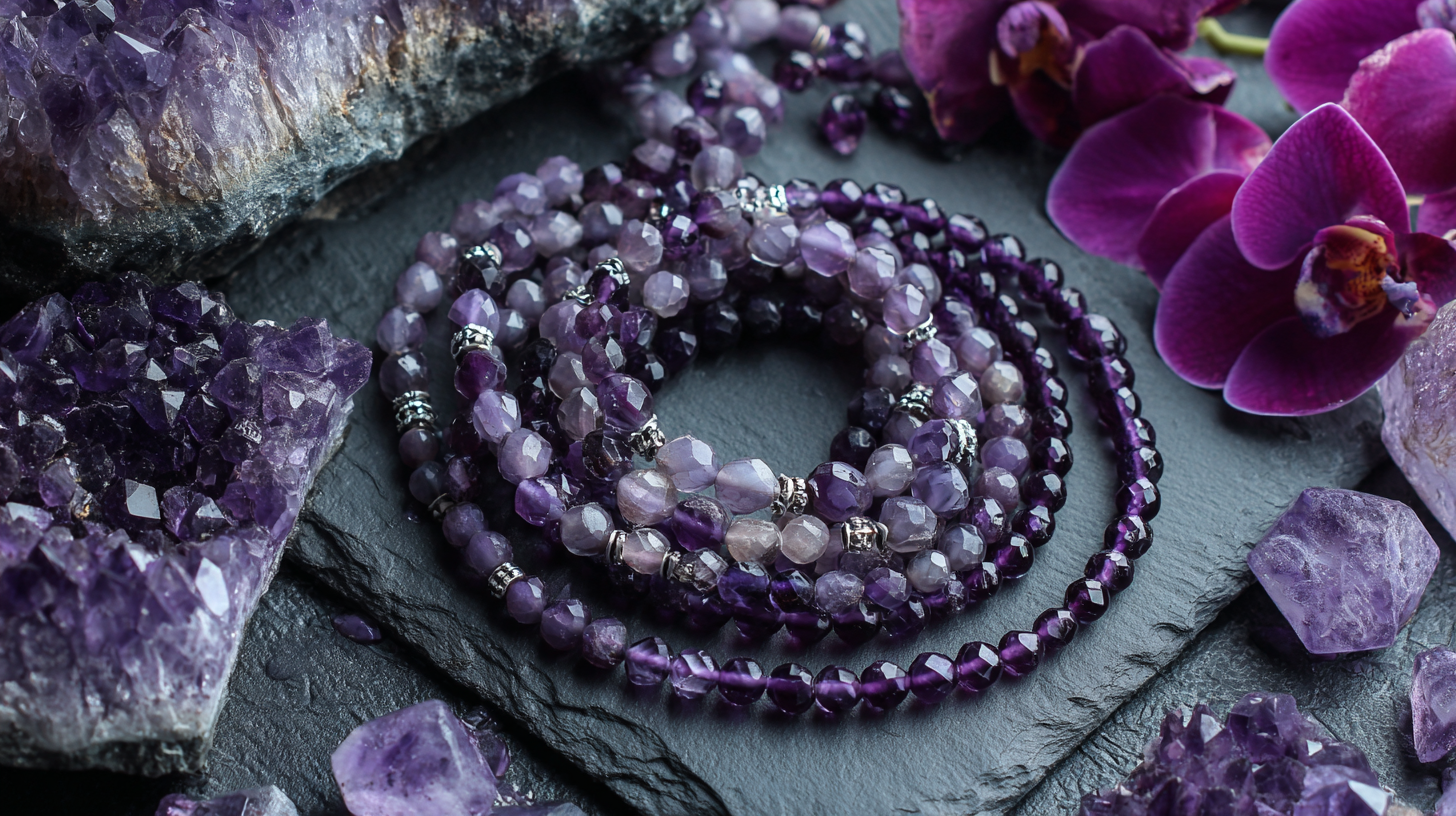
Amethyst
Purple amethyst stands as one of the most popular purple gemstones in the world. People have treasured amethyst gemstones for centuries. Ancient Greeks and Romans believed amethyst could prevent intoxication and protect against negative energy. This gemstone became a symbol of calmness, clarity, and spiritual growth. Purple amethyst appears in royal collections and religious items, showing its connection to power and spirituality. The gemstone forms in volcanic geodes and gets its deep purple color from iron and natural radiation. The rarest purple amethyst stones show a rich, even color. Amethyst is the birthstone for February and remains a favorite for jewelry and spiritual practices. Many people use purple amethyst for emotional balance and healing. As the February birthstone, it represents health and spiritual ability. Collectors and healers value purple amethyst for its beauty and meaning.
Purple Sapphire
Purple sapphire is another popular purple gemstone known for its wisdom and awakening properties. This gemstone owes its color to trace elements like chromium and vanadium. Some purple sapphires can change color under different lights, shifting from blue in daylight to violet or purple under lamps. This rare color-change effect makes purple sapphire highly prized. Most purple sapphires come from Madagascar, Sri Lanka, Tanzania, and Myanmar. The gemstone’s limited occurrence and unique optical qualities have inspired many mystical beliefs. People often choose purple sapphire for its connection to insight and spiritual awakening.
Charoite and Sugilite
Charoite and sugilite are two unique purple stones with strong metaphysical meanings. The table below compares their features:
Feature |
Charoite |
Sugilite |
|---|---|---|
Color & Appearance |
Vivid purple with swirling patterns |
Vibrant purple-to-violet, sometimes with pink |
Origin |
Siberia, Russia |
Japan, South Africa |
Mohs Hardness |
5 to 6 |
5.5 to 6 |
Metaphysical Meaning |
Transformation, protection, spiritual growth |
Healing, love, emotional balance |
Jewelry Use |
Pendants, earrings, cabochons |
Pendants, brooches |
Rarity |
Rare, prized for unique look |
Rare, valued for intense color |
Charoite helps with transformation and personal growth. Sugilite is known as the healer’s stone, offering love and emotional healing. Both are popular purple gemstones for collectors and spiritual seekers.
Other Purple Crystals
Many other purple crystals add to the world of purple gemstones. Lepidolite supports emotional balance and calm. Tanzanite, found only in Tanzania, shows a striking blue-violet color and is one of the most popular purple gemstones. Auction records show tanzanite’s value and rarity. Fluorite, violet quartz, and morganite also appear as purple stones, each with unique shades and uses. These purple gemstones attract people for their beauty and spiritual power. Collectors and healers often seek out these purple crystals for their special qualities.
Using and Caring for Purple Crystals
Choosing the Right Stone
Selecting high-quality purple crystals involves careful attention to several factors. Gemologists recommend using the 4Cs: Color, Cut, Clarity, and Carat. Color stands out as the most important for purple gemstones. The best stones show a rich hue, medium to medium-dark tone, and strong saturation. Cut affects how the crystal reflects light, making the color appear more vivid. Clarity refers to the presence of visible flaws, while carat measures the stone’s weight. Buyers should look for purple gemstone jewelry that displays even color and brilliance. A table can help summarize these points:
Criteria |
What to Look For |
|---|---|
Color |
Deep, vibrant purple with even tone |
Cut |
Well-shaped to enhance sparkle |
Clarity |
Few or no visible inclusions |
Carat |
Size that fits personal preference |
Jewelry, Meditation, and Decor
Purple crystals offer beauty and spiritual benefits in daily life. Many people wear purple gemstone jewelry, such as rings, necklaces, and bracelets, to enjoy their color and energy. These pieces can serve as reminders of calm and balance throughout the day. In meditation, holding a purple crystal or placing it on the forehead may help calm the mind and deepen focus. Amethyst, in particular, is known for supporting spiritual growth and intuition. Placing purple crystals in home decor, like on a nightstand or shelf, can create a peaceful and balanced atmosphere. People often report better sleep and a sense of harmony when they keep these stones nearby. While scientific studies do not confirm these effects, many users find comfort and emotional balance through regular use.
Tip: Place amethyst clusters in bedrooms or meditation spaces to promote tranquility and restful sleep.
Cleansing and Care
Proper care keeps purple gemstone jewelry and crystals looking their best. Experts suggest cleaning stones with warm water, mild detergent, and a soft brush. Avoid harsh chemicals and do not use ultrasonic or steam cleaners on fragile stones like amethyst. Handle all jewelry gently to prevent scratches. Store purple crystals in cool, dry places away from direct sunlight and heat, as these can cause fading or damage. For amethyst, soak small pieces in soapy water for 15–20 minutes, then scrub gently with a soft toothbrush. Let the stone air dry naturally. Clean jewelry regularly, about once a week, to maintain its shine and prevent buildup. Always follow care instructions specific to each gemstone to ensure long-lasting beauty.
Purple gemstones stand out for their rare beauty and deep symbolism. Many people, like Lex Paige, find that these stones support personal growth and healing. Amethyst and other purple crystals often help individuals feel calm and connected on their spiritual journey. Readers can explore these gems to inspire hope and transformation. Discovering the magic of purple gemstones may open new paths to well-being and self-discovery.
FAQ
What makes purple gemstones rare?
Purple gemstones form under unique geological conditions. Minerals like manganese or vanadium create their color. Some, such as tanzanite and charoite, come from only one place in the world. This rarity increases their value and appeal.
How can someone tell if a purple gemstone is real?
A gemologist can test a stone’s hardness, color, and structure. Real stones often show natural color variations and inclusions. Synthetic stones look perfect and may cost less. Buyers should ask for certificates from trusted sellers.
Do purple gemstones have special meanings?
Many cultures link purple gemstones to wisdom, healing, and spiritual growth. Amethyst stands for calm and protection. Charoite symbolizes transformation. People often choose these stones for their beauty and positive energy.
Can purple gemstones fade over time?
Some purple gemstones, like amethyst, can fade if exposed to strong sunlight for long periods. Storing them in a cool, dark place helps preserve their color and beauty.
What is the best way to clean purple gemstone jewelry?
Use warm water, mild soap, and a soft brush. Avoid harsh chemicals and ultrasonic cleaners. Dry the jewelry with a soft cloth. Always check care instructions for each specific gemstone.
